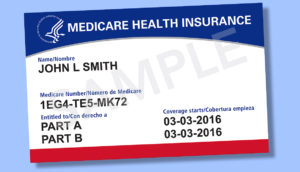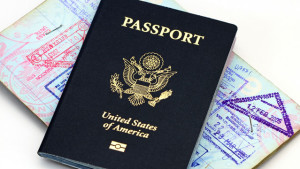 Today’s top story: How to negotiate your way to a richer life. Also in the news: 4 signs we’re in a housing market primed for regret, Medicare and CPAP supplies, and could your health or life insurance rates increase if you’re not vaccinated?
Today’s top story: How to negotiate your way to a richer life. Also in the news: 4 signs we’re in a housing market primed for regret, Medicare and CPAP supplies, and could your health or life insurance rates increase if you’re not vaccinated?
How to Negotiate Your Way to a Richer Life
Learning best practices can help you earn more, get better deals and avoid strife over household finances.
4 Signs We’re in a Housing Market Primed for Regret
It’s a tough time to be a homebuyer.
Does Medicare Pay for CPAP Machines and Supplies?
Medicare Part B covers CPAP, but it requires a sleep test and a trial period.
Will Your Health or Life Insurance Rates Increase If You’re Not Vaccinated?
Insurers have yet to decide.
 Today’s top story: Need a passport for a trip? Give yourself a big time cushion. Also in the news: How to avoid getting sick on a plane, what to buy (and skip) in September, and how to minimize credit damage from medical bills.
Today’s top story: Need a passport for a trip? Give yourself a big time cushion. Also in the news: How to avoid getting sick on a plane, what to buy (and skip) in September, and how to minimize credit damage from medical bills. Today’s top story: 4 ways to manage retirement health care costs. Also in the news: 6 ways to budget using your bank account, how to save money with Amazon and Walmart prescription discounts, and how much money you need to live on your own, in each state.
Today’s top story: 4 ways to manage retirement health care costs. Also in the news: 6 ways to budget using your bank account, how to save money with Amazon and Walmart prescription discounts, and how much money you need to live on your own, in each state. Today’s top story: 5 ways to rein in impulse spending. Also in the news: A new episode of the Smart Money podcast on lifestyle creep and booking cheap travel, 4 business financial metrics to track performance, and 8 other things your digital wallet can do for you.
Today’s top story: 5 ways to rein in impulse spending. Also in the news: A new episode of the Smart Money podcast on lifestyle creep and booking cheap travel, 4 business financial metrics to track performance, and 8 other things your digital wallet can do for you.